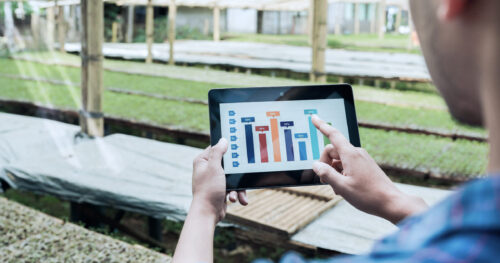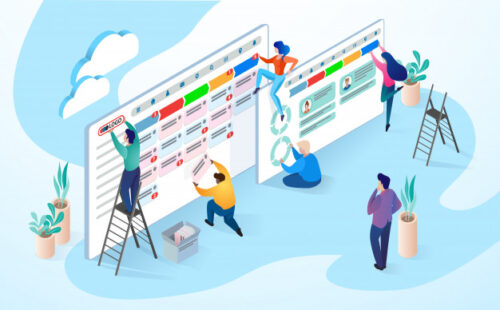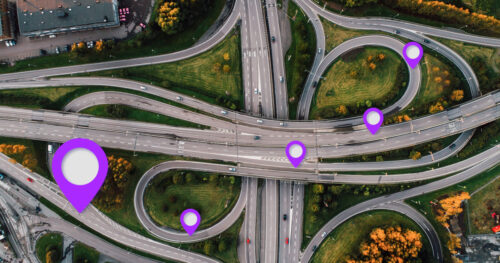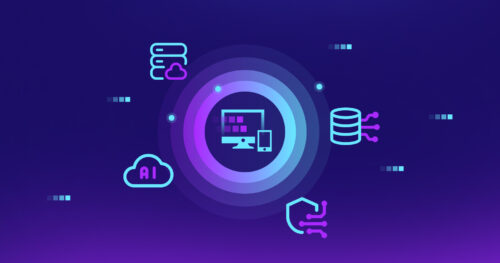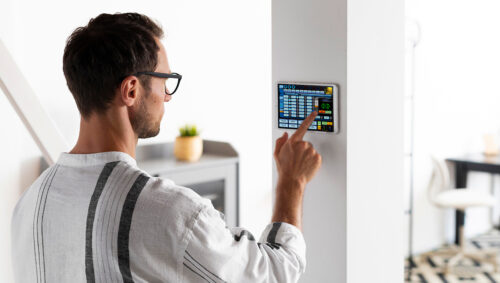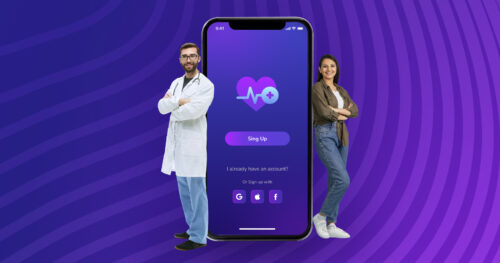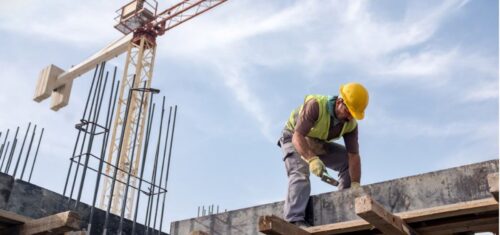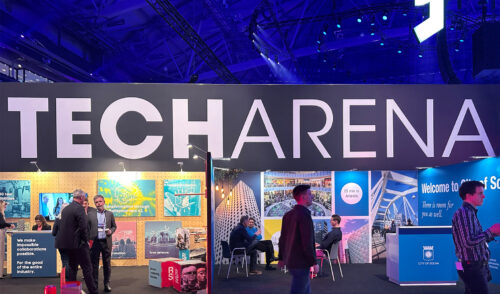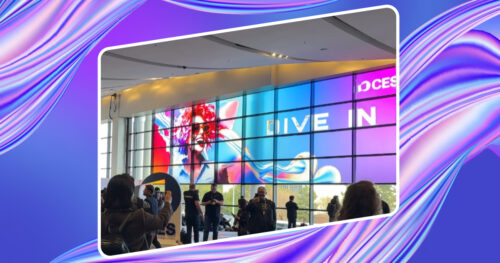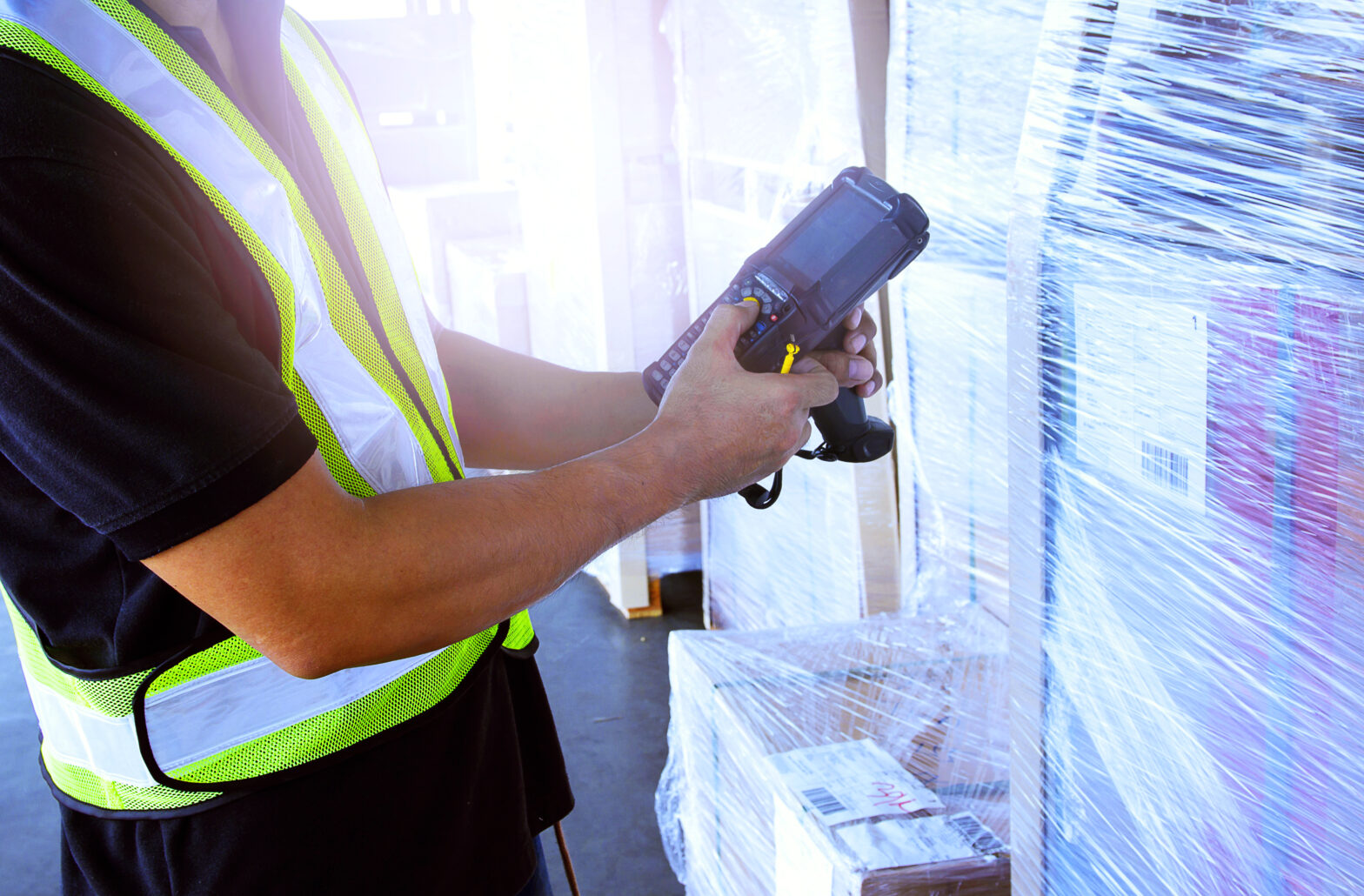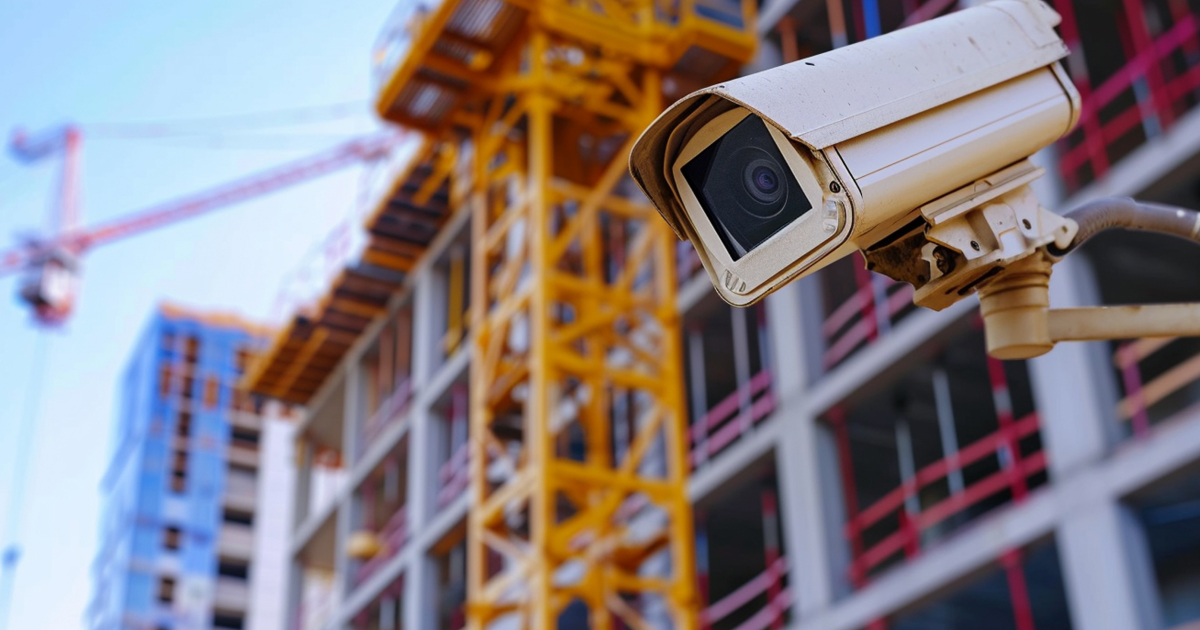Discovery phase for AgTech startup for smart seafood farming
DigitalMara conducted the discovery phase of the client’s software product. The AgTech startup had developed a monitoring solution for seafood farms and needed to get an assessment of its current status for further development.
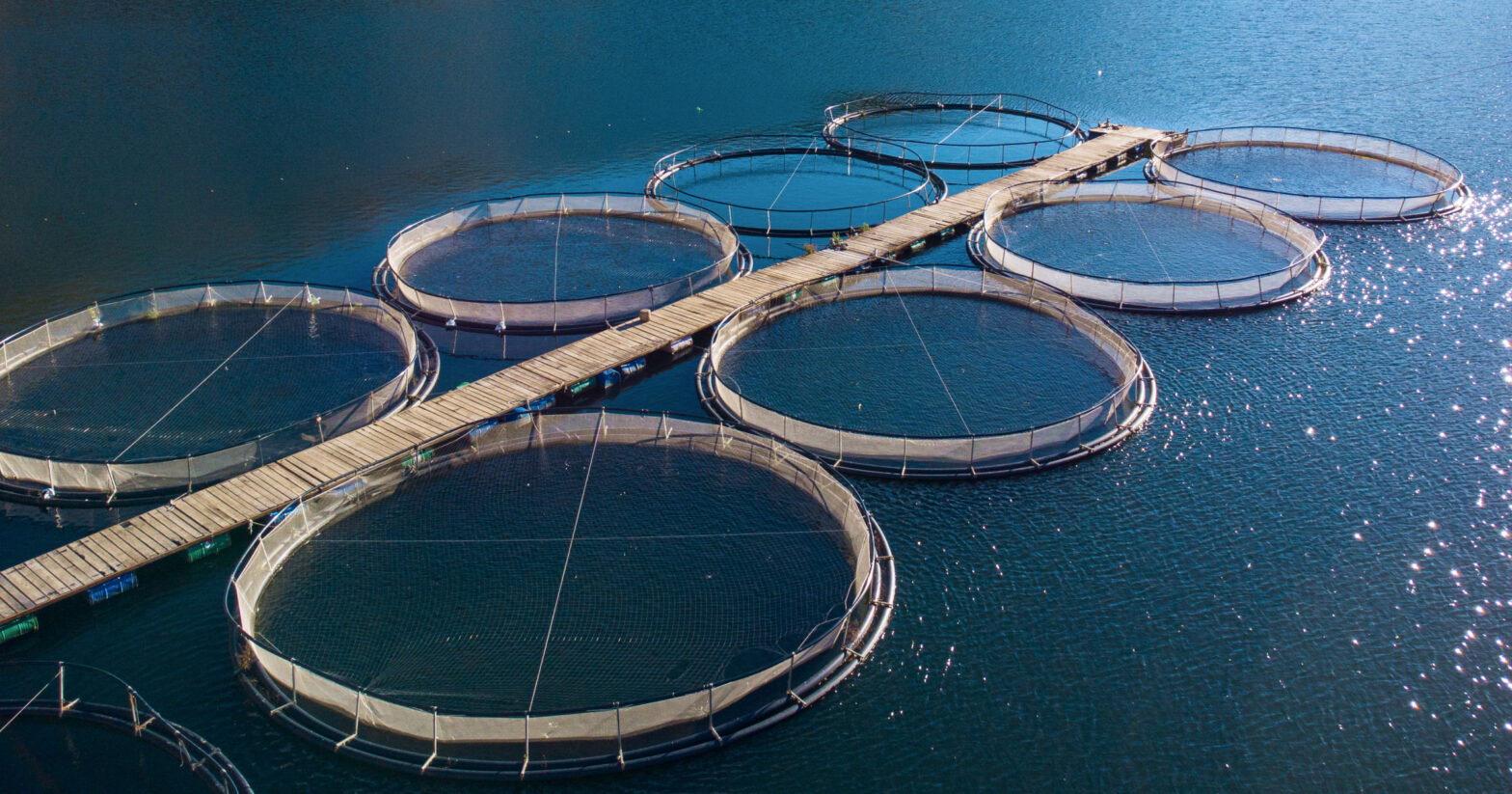
About the client
AgTech startup from Denmark
Our client, a pioneering AgTech startup from Denmark, offers an innovative solution for seafood farms. The company is tackling the primary challenge faced by all farmers: how to preserve and increase their yield. The solution is a monitoring system that tracks and shows various indicators in real time. The team had already developed a prototype of the product and was ready to take it to a new level. This involved enhancing its functionality and upgrading the hardware part.
Challenge
The team had already developed a prototype of the product and was ready to take it to a new level. This involved enhancing its functionality and upgrading the hardware part. However, they encountered some data analysis issues and issues with compatability.
Approach
The client diligently prepared their technical requirements, clearly identifying problem areas and desired new features. Specifically, they proposed replacing chips that were currently in use with a new type. They anticipated that this change would enhance their system's performance. As experts in IoT solutions, we swiftly immersed ourselves in the project.
Our team initiated a thorough evaluation of the available prototype and project requirements. This involved a detailed review of the existing prototype and functional specifications to ensure a comprehensive understanding of the current system.
A proper discovery stage involves undertaking a thorough assessment from several perspectives, such as stability, reliability, compatibility, and maintainability.
We compared both types of chips to assess their suitability for the project requirements. Our comparative analysis included factors such as processing power, energy efficiency, integration capabilities, and cost-effectiveness. While the client expressed some preferences, our team identified some limitations with this choice. Ultimately, we found a solution to keep the current hardware, incorporating specific enhancements to address the client’s performance concerns. We also evaluated the software part and defined crucial features, such as monitoring the battery level, checks scheduling, data collection and visualization, etc.
The issue of data analysis required a dedicated study. We proposed several alternatives to address this challenge. It involved the use of Computer Vision and Machine Learning technologies that offer advanced techniques for image processing and data analytics. By integrating these technologies, the client can achieve a more detailed and multifaceted understanding of the seafood farming environment.
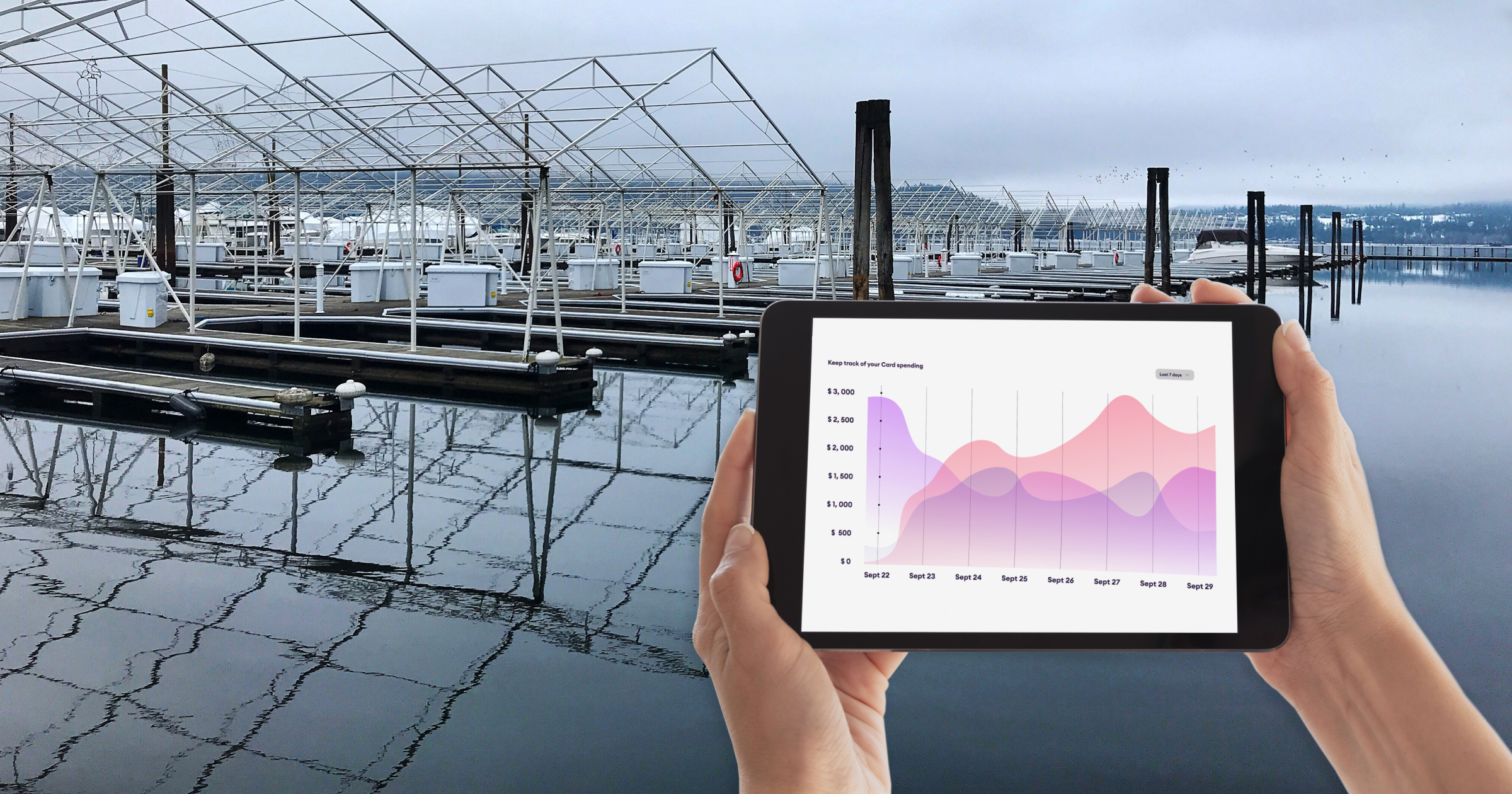
Results
As a result of a thorough assessment, the client received a vision of an architectural solution that is beneficial to them in terms of costs and processes. In particular, they abandoned some nuances that would have complicated the project too much. With a now excellent base, they have started to deliver their solution and build up their customer base.
Get case study as PDF
Thank you
The PDF has been sent to you via email. If you have any questions, please don't hesitate to reach out to us.
